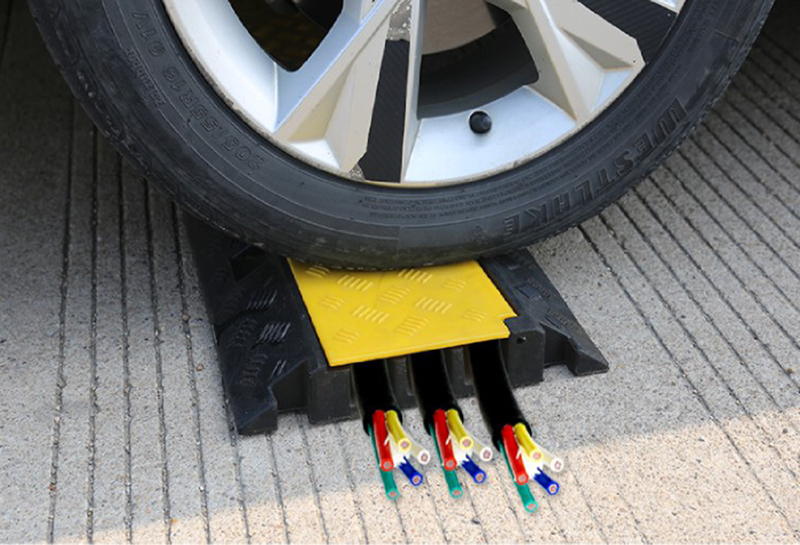The design principle of speed bumps in urban traffic is to ensure traffic safety and improve the efficiency of road use, taking into account the experience of pedestrians and vehicles. The following are the principles that should be followed when designing speed bumps:
Security principles:
Speed bumps should be set in sections that require vehicles to slow down, such as schools, hospitals, entrances and exits of residential communities, and sections that are prone to traffic accidents.
Speed bumps should be designed to effectively reduce vehicle speed while ensuring vehicle and pedestrian safety.
Principle of reasonableness:
The setting of speed bumps should follow the actual situation of traffic flow and avoid excessive setting, so as not to affect traffic efficiency and cause unnecessary bumps.
Scientific principles:
According to the actual situation of different sections, choose the appropriate type and size of speed bumps, such as high-speed speed bumps, plastic or cast iron speed bumps, cement speed bumps, etc.
The length, width, height and other parameters of the deceleration belt should meet the relevant standards to ensure its deceleration effect.
Principle of humanization:
The design of speed bumps should take into account the experience of pedestrians and vehicles, minimize turbulence and noise, and avoid damage to vehicles.
In the place where the speed bump is set, clear warning signs should be set up to remind the driver to pay attention to slow down.
Aesthetic principle:
The design of the speed belt should be coordinated with the surrounding environment, using black and yellow colors, both eye-catching and beautiful.
Maintainability principles:
The material and structure of the speed belt should be easy to maintain and replace to meet the needs of urban traffic changes.
Economic principles:
Under the premise of ensuring the effect of the speed bump, reduce the cost as much as possible to achieve the goal of economy, practicality and efficiency.
Environmental protection principles:
The design of speed bumps should consider environmental factors and use environmentally friendly materials to reduce the impact on the environment.
Following the above principles can ensure the reasonable setting of speed bumps in urban traffic, improve the level of traffic safety, and take into account the use experience of pedestrians and vehicles.

